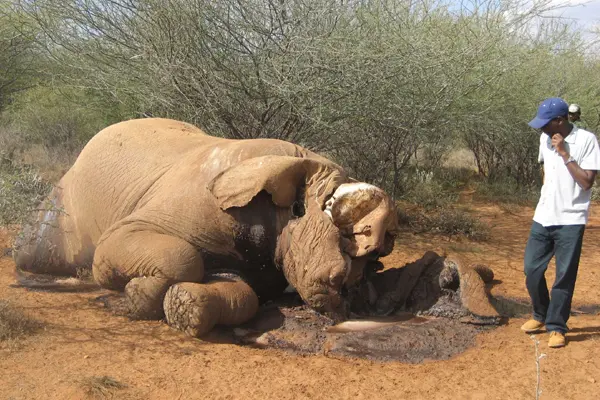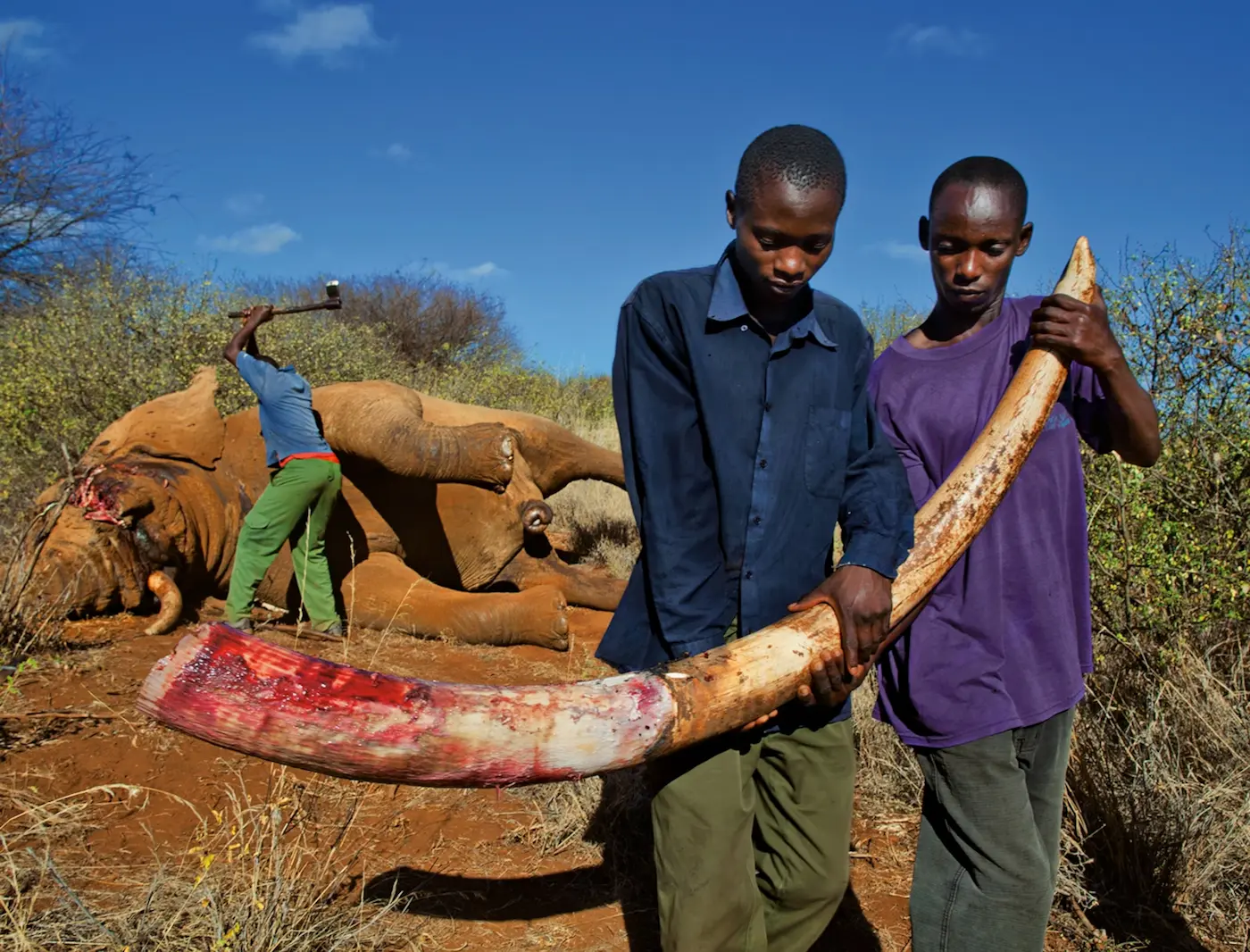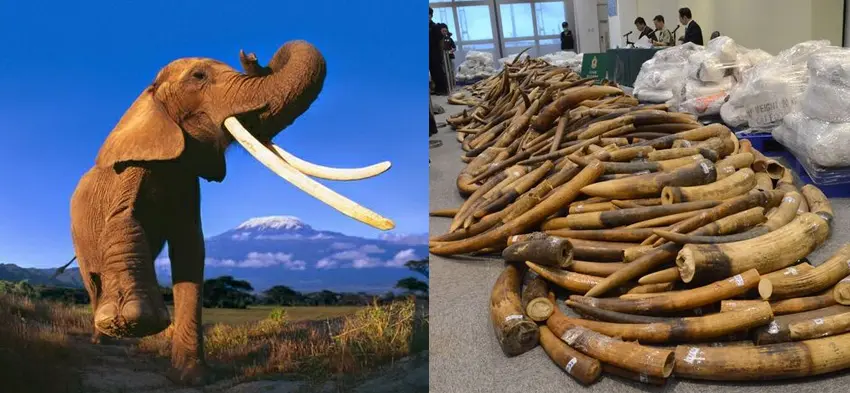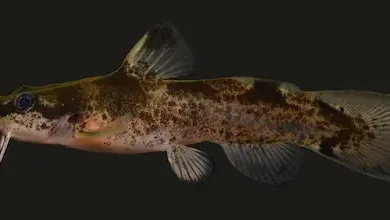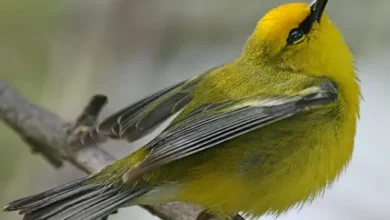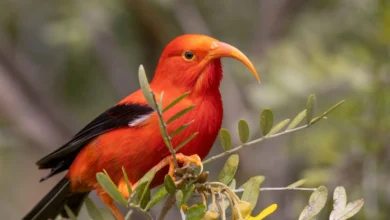Ivory Poaching: History, Causes, Impacts, and Global Solutions
1. Historical Background: The Rise of the Ivory Trade
Ancient and Colonial Origins
Ivory has been coveted since antiquity—used for religious artifacts, decorative art, tools, piano keys, and billiard balls. Ivory exports from Africa and Asia date back to the 14th century BCE. During European colonization, 800–1,000 tonnes per year were shipped to Europe, carried by enslaved people along coastal trading routes IFAW+2Getty Images+2Brookings+2Wikipedia.
20th-Century Peak and Collapse
By 1979, Africa’s elephant population had dropped from ~1.3 million to ~600,000 in just a decade, with around 75,000 elephants killed annually for ivory—80% illegally sourced, valued at ~$1 billion/year Elephanatics+1Wikipedia+1. The situation prompted international action, culminating in a 1989 global ban under CITES and a near-total ban on international ivory trade enforced from 1990 onwards.
2. Scale and Impact of Poaching
Population Declines
-
From 2010–2012, over 100,000 elephants were illegally poached globally.
-
Forest elephants lost 65% of their population between 2002 and 2013, roughly nine percent per year—an estimated elephant killed every 20 minutes Animal LawMongabay+1The New Yorker+1.
-
Ivory trade continues to drive an estimated 8% annual decline since 1989 .
Ecosystem Consequences
Elephants are “ecosystem engineers.” Their extinction causes far-reaching changes: altered forest structures, reduced seed dispersal, long-term impacts on climate and biodiversity—especially in the Congo basin .
Human Cost and Violence
Poaching is highly dangerous for rangers and conservation workers. In one period, about 23 rangers were killed in Chad’s Zakouma alone. In total, approx 1,000 environmental defenders were murdered during one decade—a rate of more than two per week by 2014 . Notable individuals, including veteran ivory investigator Esmond Bradley Martin, have been targeted and killed .
Organized Crime Links
International criminal networks manage trafficking, exploiting corruption in customs and wildlife authorities. While claims that Al-Shabaab financed itself through ivory traffic exist, Interpol and UNEP consider these claims unverified and likely overstated .
3. Demand Side: Who Buys Ivory and Why?
Major Ivory Markets
Historically, Japan was the largest buyer of raw ivory post-World War II for hanko seals and ornaments. From the 2000s onward, China became dominant, until it legally closed its domestic ivory market at the end of 2017. Meanwhile, Hong Kong, Singapore, and Western countries also served as consumption hubs despite tighter regulation .
Price Trends & Effects of Bans
Between 2015–2017, the price of raw ivory in Hanoi dropped from ~$1,322/kg to ~$660/kg as China prepared its ban—suggesting oversupply and decreasing profitability . Still, reductions in price haven’t reliably reduced poaching, possibly because of stockpiling and black-market divergence.
Consumer Motivations
Ivory is valued as a luxury status symbol, a cultural hallmark, or traditional craft material. Organizations like WWF target demand by changing social norms and educating consumers, especially in Asia .
4. Regional Case Studies
Zakouma National Park, Chad
Once home to hundreds of thousands of elephants, Zakouma suffered a slaughter of over 650 individuals in a few months from poachers tied to Janjaweed militia. Conservation efforts by African Parks—including GPS‑equipped rangers and EU-funded anti-poaching infrastructure—have been critical to stabilizing numbers.
Kenya
Kenya became a global leader in anti-poaching. In 1989, President Moi burned 12–13 tons of ivory. In 2016, 105 tons—estimated from 8,000 elephants—were incinerated in Nairobi National Park in a public demonstration, intended to deter markets and signal zero tolerance . Kenya’s anti‑poaching units were authorized to shoot poachers on sight and received major World Bank funding for operations .
India (Operation Shikkar)
Between 2015–2017, the Kerala Forest Department and Wildlife Trust of India executed Operation Shikkar, arresting 72 individuals and seizing nearly 487 kg of ivory. This large law‑enforcement operation received public attention when dramatized in the Amazon Prime series Poacher .
Southeast Asia, Asian Elephants
In Myanmar, conservationists fitted elephants with GPS collars—but nearly all were killed within days, often for meat or skin instead of ivory, revealing a shifting demand pattern in Asia. Populations remain critically low (<25,000 animals) .
5. Methods and Actors in Poaching
Techniques & Lethality
Poachers use shotguns, poisoned arrows, automatic weapons, and even poisoned watermelons. They target high‑value targets—older bulls with large tusks—but increasingly massacres happen in bulk using heavy weaponry to kill migrating herds quickly .
Supply Chains
After killing, tusks are smuggled through border checkpoints aided by insider corruption. Ivory seizures are used as proxies—Interpol estimates seized contraband only represents ~10% of actual smuggling volume .
Actors
Poachers may work for local syndicates, international trafficking networks, or even terrorist factions. On the conservation side, anti‑poaching guards, NGOs like WCS, WWF, IFAW, African Parks, national wildlife authorities, and international bodies like CITES lead efforts.
6. Anti‑Poaching Strategies & Legal Frameworks
CITES and Trade Bans
Following the 1989 moratorium, CITES occasionally permitted one‑off sales (e.g. to Japan in 1999, and later to China). These experiments sparked controversy—monitoring programs including on-the-ground counts and seizure analysis were conducted to assess impact . In recent years, most ivory imports and domestic sales have been banned by countries including the U.S. (2016), UK, Singapore, Hong Kong, and all domestic trade in China (2017) .
Stockpile Destruction
Burning ivory sends a strong public signal: Kenya destroyed 105 tonnes, and other countries like China, Ethiopia, Chad, and Dubai have also held public ivory pyres to discourage trade and destroy supply .
Ranger Training & Equipment
Modern anti-poaching units utilize GPS, radios, horse-mounted patrols, aerial surveillance, and intelligence operations. Analysts highlight deadly risks—over 1 Ranger per week can die protecting wildlife .
Legal Crackdowns
Massive operations like India’s Operation Shikkar have destroyed smuggling rings. Enforcement in the U.S., UK, and Asia has resulted in multi-million-dollar busts and jail sentences (e.g., in New York, seizure of nearly one ton of illicit ivory for $2 million retail worth) .
Demand‑Reduction Campaigns
Organizations engage consumers in Asia and elsewhere, aiming to reshape cultural views—creating new norms where buying ivory is socially unacceptable. Education drives, celebrity endorsements, and government outreach play roles .
7. Emerging Trends & Challenges
Diversifying Demand
In parts of Asia, interest in elephant skin and meat is rising, posing a new threat even to populations with no tusks (e.g. Asian elephants) .
Declining Transparency
As ivory prices drop, mid‑level traders stockpile. Illegal networks become more sophisticated, using encrypted communication and avoiding detection, making enforcement harder .
Governance & Corruption
Weak institutions, corruption, and instability (e.g. areas under rebel or militia control) greatly facilitate poaching. Zakouma’s loss of elephants outside protected zones illustrates the limits of park‑based protection .
Illegal Markets Relocate
Closure of markets like China’s has displaced trade toward Southeast Asia and others—regulatory closing in one zone can shift demand elsewhere if not matched by regional coordination .
8. What Works—and Still Needs Improvement
Effective Approaches
-
Strong demand reduction combined with legal bans has helped reduce prices and curb trade—though not yet fully halt poaching.
-
High‑visibility ivory burn events rally international solidarity and reduce supply.
-
Coordination among enforcement agencies, NGOs, and governments (e.g. Operation Shikkar) has proven effective.
-
Well‑equipped ranger teams, intelligence-led patrolling, aerial and tech support significantly reduce kill rates inside protected zones.
Gaps & Unresolved Issues
-
Forest elephants remain hugely endangered, particularly in Central Africa, where two-thirds have been lost but forest monitoring is weakest .
-
Funding and training gaps persist; many areas lack resources for adequate patrolling or investigation.
-
Demand rewiring among consumers is slow—some still view ivory as investment or heritage.
-
Limited prosecution success in many countries—cases are rarely pursued through high courts, and penalties are low.
-
Hidden stockpiles—countries hold ivory reserves whose legal or illegal future is opaque, complicating regulation.
9. Future Priorities & Solutions
Expand Regional Collaboration
Cross-border intelligence-sharing, joint enforcement operations, and harmonized regulations across Africa and Asia can contain smuggling pathways.
Strengthen Legal Frameworks and Penalties
Enhancing laws—longer sentences, tracking seized ivory, prosecuting facilitators and traffickers—not just poachers—can deter crime.
Invest in Communities
Livelihood alternatives for communities near elephant habitats reduce incentives to poach. Involving local populations in conservation (e.g., eco‑tourism, ranger roles) builds grassroots ownership.
Leverage Technology
Satellite monitoring, genomic tracking of ivory, smartphone-based intelligence networks, machine learning for market scanning, and forensic science can deter crime and improve prosecutions.
Sustain Demand Campaigns
Continuous consumer education and cultural change campaigns in Asia, Africa, and beyond to make ivory buying taboo require long‑term investment and creativity.
Protect Conservation Workers
Secure funding for ranger wellness, equipment, hazard pay, and legal protections. Tracking and honoring fallen defenders should remain a priority.
10. Conclusion: Balancing Hope with Urgency
Ivory poaching remains one of the most severe threats to wildlife. From 26 million elephants in 1800 to fewer than 500,000 today, especially forest elephants facing near-collapse, the decline has been catastrophic .
Nonetheless, substantial gains have been made. International bans, public ivory burns, law enforcement operations, and demand‑reduction campaigns have contributed to a downward trend in price and trade volume in recent years .
However, the fight is far from over. To ensure elephants survive into the next century, conservation efforts must evolve:
-
tackle emerging illegal meat/skin markets;
-
reinforce legal systems against corruption;
-
engage local communities;
-
sustain global consumer education; and
-
coordinate regionally and internationally.
The alternative is clear: continuing poaching means the irreversible loss of an irreplaceable species, entire ecosystems unraveling, and cultural and ecological impoverishment for humanity. But with focused action, the trajectory can be changed.
TL;DR Summary
-
Elephant populations have declined drastically due to large-scale ivory poaching.
-
Demand for ivory—especially from Asia—drives continued killing.
-
Poachers operate via complex criminal networks; protectors risk their lives.
-
International bans, public ivory destructions, and major enforcement actions help—but gaps remain, especially among forest elephant populations.
-
Future success requires combining legal enforcement, local engagement, smart technology, and demand reduction through cultural shifts.
This comprehensive overview combines current data, historical context, and case studies to present a full picture of ivory poaching—and what it will take to stop it.

